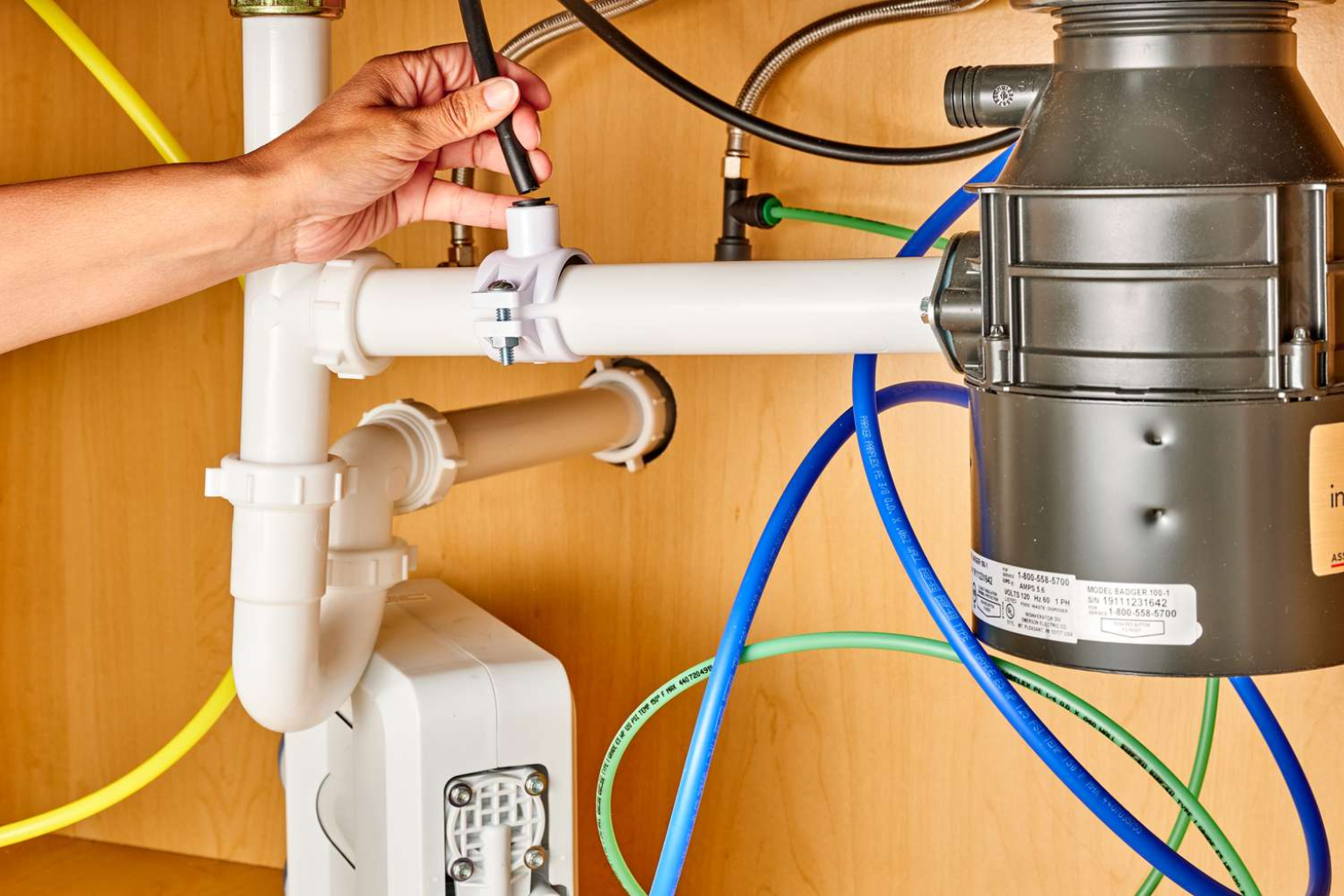There’s something oddly comforting about turning on the kitchen faucet and knowing, without a second thought, that the water you’re about to drink is safe. Most of us don’t give it much attention until the taste feels a little off, or we notice a cloudy film left behind on glasses. In places like Long Island, where groundwater is the primary source, the topic of water quality sneaks into conversations more often than you’d expect. Some folks shrug it off, while others are now realizing how much the clarity of their water affects everyday living — from the way coffee tastes to how skin feels after a shower.
I’ve noticed in recent years that homeowners are paying closer attention to their water. It’s not paranoia. It’s practicality. With aging infrastructure and an increase in local reports about contaminants, the idea of investing in water treatment Long Island services no longer feels like a luxury. It feels like common sense.
The subtle ways water quality shows up in daily life
Think about it: when your laundry comes out stiff, or your dishes never seem to sparkle no matter how hard you scrub, there’s a good chance your water is playing tricks on you. Hard water minerals — calcium and magnesium — are usually the culprits. They build up over time, clogging appliances and forcing your dishwasher or water heater to work overtime. That means higher energy bills, shorter appliance lifespans, and constant annoyance.
But the bigger concern isn’t spotted glasses or scratchy towels. It’s what you can’t see. Trace amounts of contaminants — nitrates, chlorine, even pharmaceutical residues — may be invisible, but they’re there. And while no one likes to spiral into fear-driven thinking, it’s comforting to know there are options to test, filter, and improve what flows into your glass.
Listening to local experiences before making choices
When it comes to choosing a company, many homeowners scroll through reviews first. Honestly, it’s the modern version of asking your neighbor for advice over the fence. Real stories from real people matter more than flashy sales pitches. I came across several Long Island Clean Water Service reviews, and what stood out wasn’t the technical jargon but the small details: technicians showing up on time, parents feeling better about letting their kids drink from the tap, homeowners noticing a softer feel to their showers. Those details add up.
It’s not about perfection — no company gets everything right all the time — but consistency and trust go a long way. Word of mouth, especially in tight-knit Long Island communities, travels fast. That’s why checking reviews isn’t just due diligence; it’s the new neighborhood grapevine.
Testing first: a simple step with big payoffs
Here’s something worth pointing out: not every solution has to start with buying a whole system. Sometimes, the smartest first move is simply getting your water tested. You’d be surprised at how many companies offer free water testing near me, and it’s genuinely a low-stakes way to get answers. Even if the results come back clean, you’ll have peace of mind. And if issues do show up, you’ll have real data guiding your next step instead of guessing.
The test itself doesn’t take long. A technician usually collects samples, runs them through standard checks, and then sits down with you to explain what it all means. No confusing charts or scare tactics, just clear information. Think of it as a doctor’s check-up, but for your tap.
Beyond filters: seeing water as part of home wellness
It’s easy to think of water treatment as a technical fix — pipes, filters, valves, all that mechanical stuff. But more and more, people are reframing it as part of overall wellness. Clean water touches everything. It influences how your morning coffee tastes, whether your plants thrive, how your skin feels, and even how confident you are about cooking dinner without a second thought.
The shift in perspective is subtle but powerful. Instead of “fixing” water, families are starting to view it as nurturing their home’s ecosystem. It’s not unlike how we once ignored air quality but now obsess over air purifiers and filters. Water, being even more intimate, deserves the same attention.
Making the investment feel less intimidating
One of the biggest hesitations people have is cost. Water treatment systems can feel like a hefty upfront investment. But when you weigh it against the hidden costs of not acting — appliance repairs, bottled water purchases, health worries — the balance tips in favor of making the change. Financing options and long-term warranties soften the blow too.

